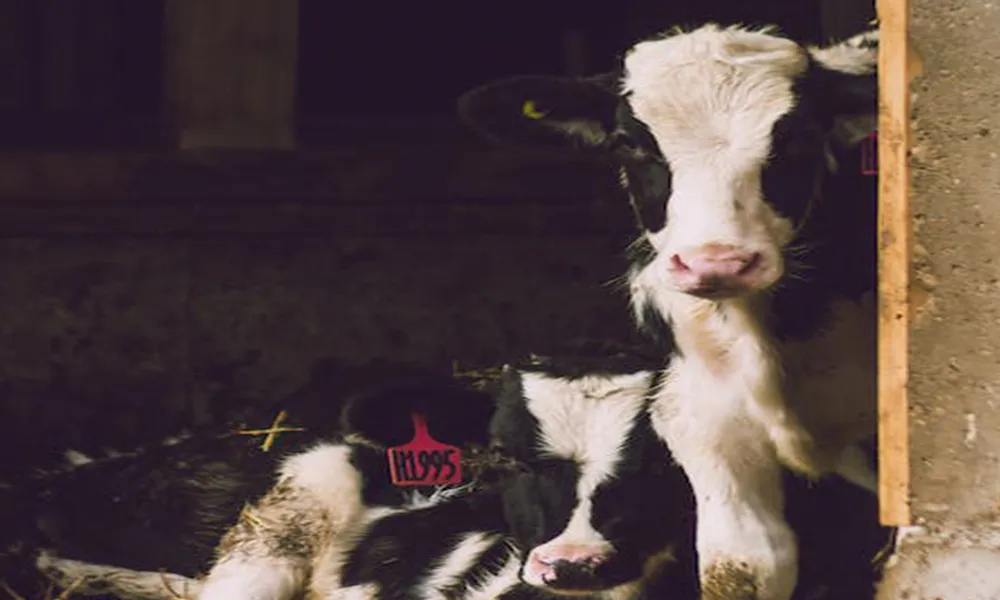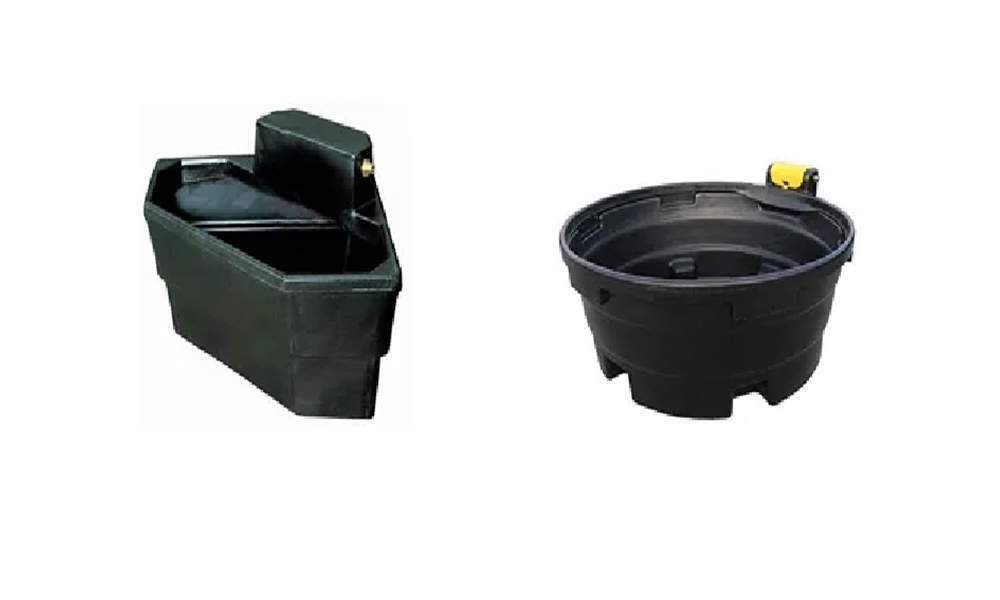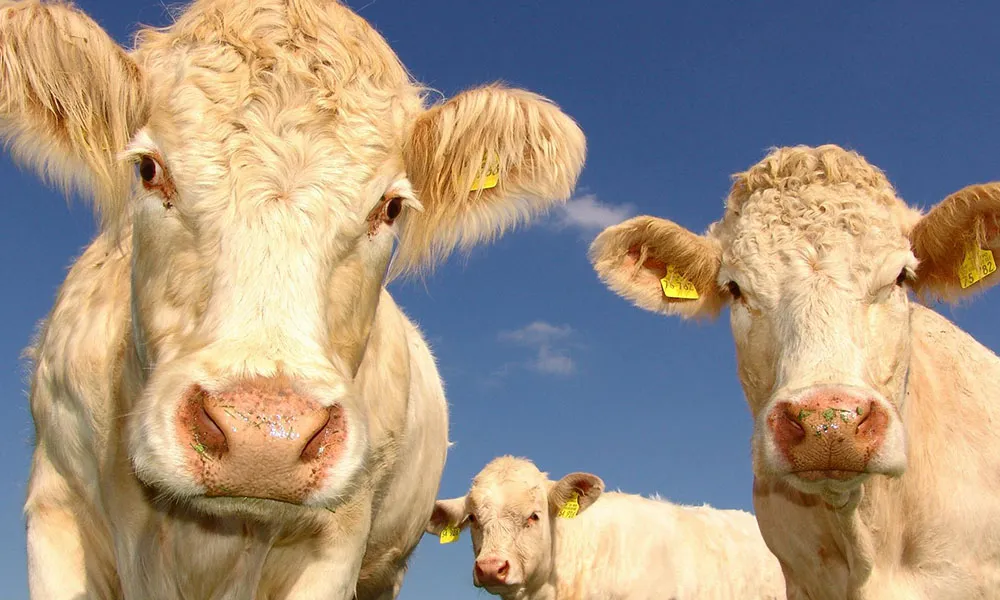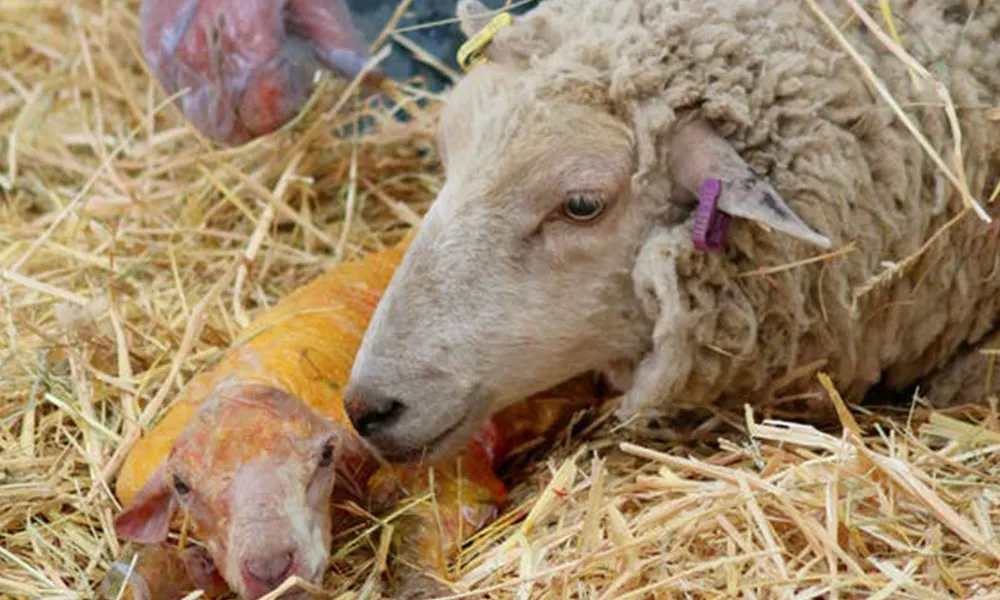
With calving season just around the corner, good management of housing facilities will be one of the keys to success over the next few months. By maintaining an efficient housing system, farmers can help calves to thrive during the first difficult weeks of life. That is why we at Agridirect.ie have put together this simple guide to some of the most important features of successful calf housing. We hope you find it useful!
- Keep cold drafts out, and beds dry and warm
It is impossible to overstate the importance of creating a secure, draft-free environment for young calves. During their first weeks of life, calves are vulnerable to the cold and will contract pulmonary and respiratory tract infections if exposed to wintry conditions. This is why open-sided buildings tend to make for very inefficient calf sheds. If you have no choice but to use such a building, you should consider installing a temporary barrier or wall to prevent excessive wind-exposure.
Aside from keeping out the wind, it is important that calves are provided with adequate warm bedding. As a general rule, straw bedding is best for calves, but you should not use it sparingly. A deep bed will go a long way towards preventing unwanted chills.
- Effective manure management and cleaning
Bedding needs to be changed regularly, as animals lying on wet straw for long periods are likely to succumb to infection. This means that you will need to have an effective system in place for managing the disposal of dung. As a general rule of thumb, sloping floors and drainage channels are an essential part of an effective calf house system.
Moreover, prior to calves arriving in the shed, the facility should be cleaned and disinfected thoroughly with a disinfectant of your choice. It is no harm to do this every couple of weeks until the end of the housing season. Regular disinfection will help to protect your calves from a wide range of unwanted diseases.
- Feeding and drinking facilities
This is the area where many farmers fall short. Calves must always have easy access to a source of fresh water. While this is essential in the case of all housed animals, it is especially important in the case of calves. Young cattle are most prone to diarrhoea after all. Scour dehydrates calves quickly, so if they don’t have access to water they can succumb in a short space of time.
Stale or stagnant water is likely to be a host to different types of infection and parasites, so fresh flowing water is key here. There are many excellent water supply systems for cattle available on the market. If you don’t have one already, you really should consider investing.
Space at feeding is another important consideration. Make sure that all calves have adequate space at feeders and buckets. You don’t want calves having to compete for food, as this will inevitably result in the smaller animals being shunted aside.
- Sources of natural light
We often tend to ignore or overlook the importance of natural light in good animal housing. For herbivores like cattle, the sun is the only natural source of vitamin D. The D vitamin plays an instrumental role in the growth and development of bones, so calves can’t do without it.
This means that calf housing systems need to provide access to sunlight. Clear panels in the roof are probably the most effective way of providing this. Experts generally agree that at least 10% of the roof space should be dedicated to providing natural light.












